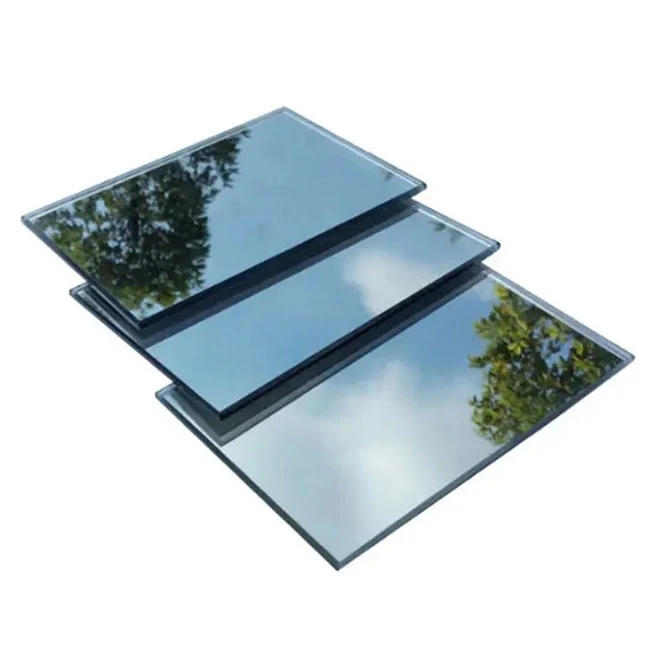An overview of the float glass manufacturing process
2023-10-16
Float glass is a type of glass that is commonly used in various architectural and automotive applications. It is produced through a manufacturing process called the "float glass process," which was developed by Sir Alastair Pilkington in 1952. This process revolutionized the glass manufacturing industry and remains the primary method for producing high-quality, flat glass sheets today.
Here is an overview of the float glass manufacturing process:
1. Raw Materials: The primary raw materials used in float glass production are silica sand, soda ash, and limestone. These materials are mixed and heated to form a molten glass mixture.
2. Melting: The mixed raw materials are heated to an extremely high temperature in a furnace. This process melts the materials, forming a molten glass pool.
3. Float Bath: The molten glass is poured onto a bath of molten tin, which is kept at a controlled temperature. The glass spreads out evenly on the surface of the molten tin, forming a continuous, flat sheet.
4. Annealing: After floating on the molten tin, the glass sheet passes through a controlled cooling process called annealing. This gradual cooling process helps to relieve internal stresses and ensures the glass sheet's uniform thickness.
5. Cutting and Inspection: Once the glass has cooled and solidified, it is cut into various sizes according to customer specifications. The cut sheets are then inspected for quality, including checking for any defects or imperfections.
6. Packaging: After inspection, the glass sheets are packaged and prepared for shipping to customers or further processing.
Float glass has several advantages:
1. Flat and Smooth Surface: The float glass process produces glass with an exceptionally flat and smooth surface, making it ideal for applications where optical clarity and distortion-free viewing are crucial.
2. Uniform Thickness: The process ensures that the glass sheet has a consistent thickness throughout, which is important for architectural and automotive applications.
3. Versatility: Float glass can be further processed and coated for specific purposes. It can be used for windows, mirrors, glass doors, glass facades, and automotive windshields, among other applications.
4. Cost-Efficiency: The float glass manufacturing process is highly efficient, resulting in relatively low production costs compared to other glass manufacturing methods.
5. Environmental Benefits: The float glass process is more environmentally friendly than some other glass production methods, as it consumes fewer raw materials and energy.
Float glass is a fundamental component of modern construction and automotive industries, and its versatility and quality make it a popular choice for a wide range of applications.



